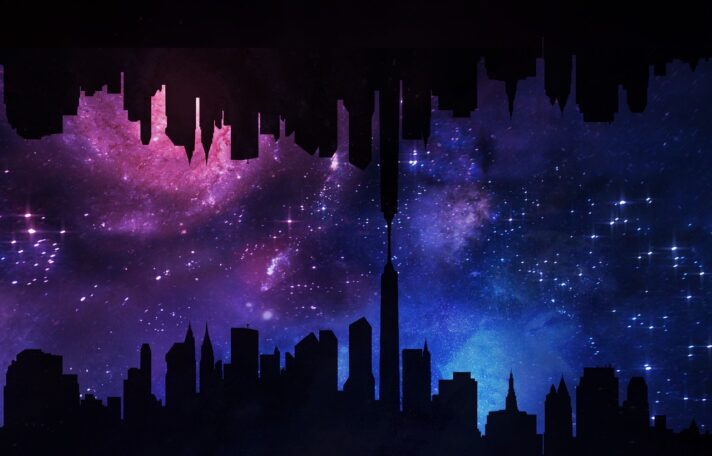Digital Art: Exploring the Intersection of Art and Technology

About Course
Welcome to the captivating world of Digital Art, where imagination meets innovation! In this course, you’ll journey through the dynamic intersection of artistic creativity and technological advancement. Whether you’re a traditional artist curious about digital tools or a tech-savvy student exploring visual expression, this course opens the door to a new creative universe. With the increasing use of digital platforms in everything from entertainment to marketing and education, digital art has become a powerful form of communication and storytelling.
From understanding the origins of digital art to mastering modern software and creating your own original pieces, this course equips you with both the theory and hands-on practice you need. You’ll explore tools like graphic tablets, 3D modeling programs, and AI-based art generators while learning about different styles, techniques, and applications in the creative industry. By the end, you’ll not only have a deeper appreciation for how art and technology converge—but you’ll also be ready to produce your own compelling digital creations.
Course Content
Introduction
Definition of Digital Art
00:00Brief history of Digital Art
00:00The role of technology in Digital Art
00:00Purpose and scope of the ebook
00:00